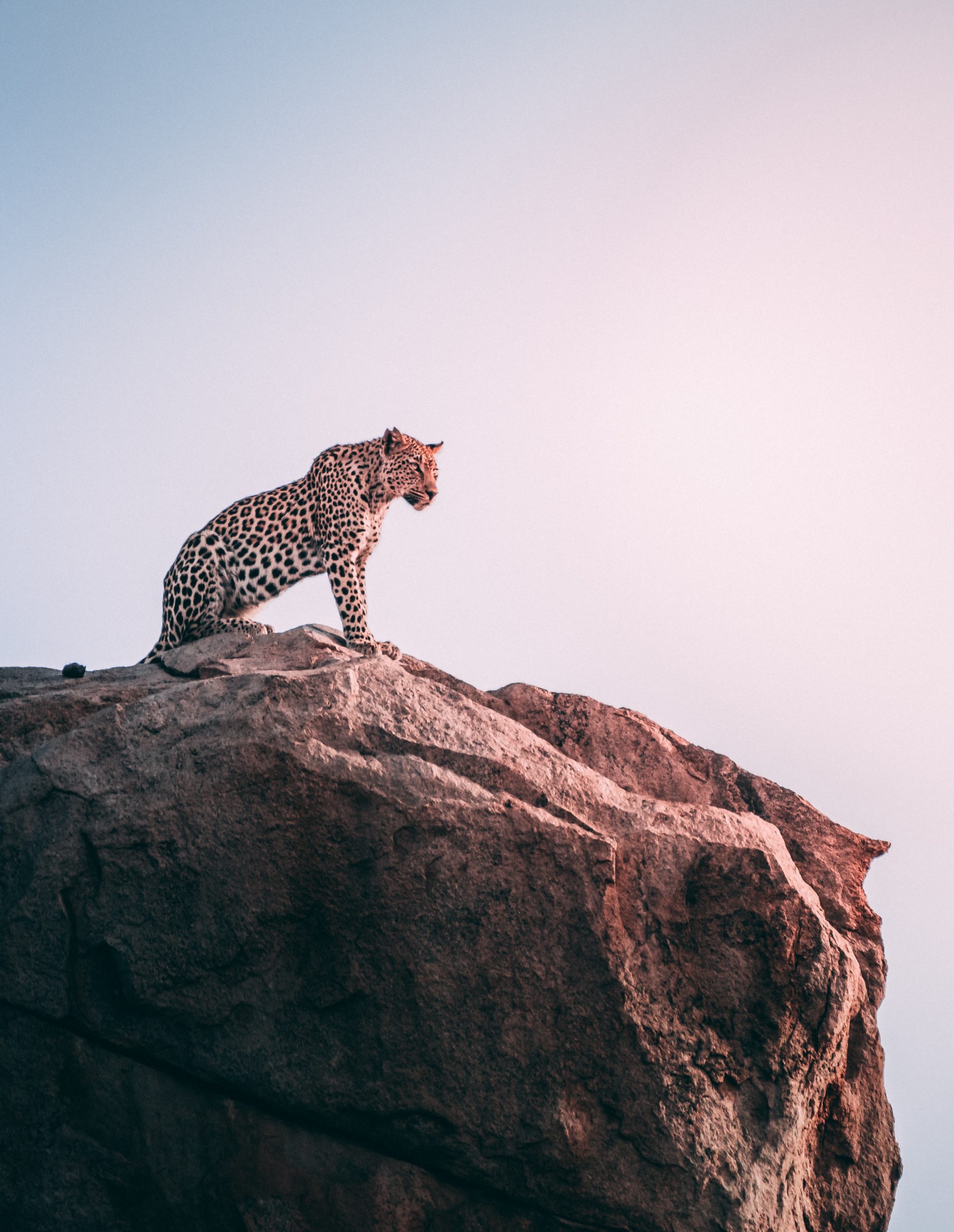Leopards are one of the most iconic big cats in the world, known for their distinctive spots and sleek, powerful bodies. They are well-adapted to their environment, with a number of unique physical features that help them survive and thrive in the wild.
One of the most recognizable features of a leopard is their coat. Leopards have a pattern of dark spots on a tawny background that provides excellent camouflage in their natural habitat. The pattern of their spots is unique to each individual leopard, much like human fingerprints, and is a key identifying feature for researchers studying leopard populations.
Beneath their spotted coat, leopards have powerful muscles and bones that enable them to run and climb with incredible speed and agility. They have a flexible spine that allows them to twist and turn in mid-air, making them effective hunters of prey both on the ground and in trees.
Leopards also have a number of adaptations that help them hunt at night. They have large eyes that are capable of seeing in low light conditions, and their pupils can dilate to let in more light. Their ears are also highly sensitive and can swivel to pick up sounds from all directions, allowing them to locate prey even in complete darkness.
One of the most impressive physical features of a leopard is their strength. Despite being relatively small in size, leopards are incredibly powerful animals that are capable of taking down prey much larger than themselves. Their jaws are designed for maximum biting force, and they have a strong bite that can crush the skulls of their prey.
Leopards are also highly territorial animals, and they mark their territory with urine and claw marks. To do this, they have retractable claws that can be extended when needed for hunting or climbing, but can also be retracted when not in use to avoid blunting.
The anatomy of a leopard is not only fascinating but also provides important insights into how these animals have adapted to survive in their environment. However, despite their physical prowess, leopards are facing a number of threats, including habitat loss and poaching. Conservation efforts are needed to protect these magnificent animals and ensure their survival for future generations.
In conclusion, the anatomy of a leopard is a fascinating subject, revealing how these animals are uniquely adapted to survive in the wild. From their spotted coat to their retractable claws, each physical feature plays an important role in their survival and success as a predator. By studying the anatomy of leopards, we can better understand these magnificent animals and work to protect them from the many threats they face.




